Frequently Asked Questions About Non-Surgical Cosmetic Procedures for the Nose
Non-surgical cosmetic procedures for the nose can be an option for individuals seeking subtle changes without surgery. These procedures aim to support the natural contours and proportions of the nose. Below are common questions and general information to help you understand what to expect. Please note that individual results vary, and any decision to proceed should be made after consulting a qualified health professional.
How do non-surgical cosmetic procedures for the nose work?
These procedures typically use products administered by a practitioner to support the nose’s shape and balance. By adding or adjusting volume in certain areas, a practitioner may be able to subtly refine the nose’s appearance. Because each person’s anatomy is unique, a consultation is essential to determine whether this approach may be suitable for your goals. Results and experiences vary between individuals.
Are the results permanent?
No. The changes achieved through these procedures are temporary because the product is gradually metabolised by the body over time. This temporary nature allows individuals to reassess their appearance and explore other options later on. Anyone seeking long‑term structural changes should discuss surgical options with a specialist.
How long do results last?
Duration varies based on product type, individual metabolism, and lifestyle factors. Some people notice effects for several months, while others may experience different timelines. During consultation, a practitioner can provide guidance on expected duration and when follow‑up appointments might be appropriate.
Can surgical rhinoplasty be performed after a non-surgical procedure?
Yes. Many people consider non-surgical nose procedures to preview potential changes before deciding on surgery. It is important to allow sufficient time between treatments and to share your complete treatment history with your surgeon to ensure proper planning.
Is it uncomfortable?
Most people report mild sensations during the procedure, often managed with topical anaesthetic. Afterwards, some tenderness or pressure may occur, but these effects usually settle. Any unexpected or persistent discomfort should be discussed promptly with your practitioner.
What should I expect after treatment?
Mild swelling, redness, or tenderness may occur temporarily. Following your practitioner’s post-care instructions—such as avoiding unnecessary pressure on the treated area—can help support the outcome. If you experience any unusual symptoms, seek professional review promptly.
Can these procedures address a crooked nose?
Non-surgical nose procedures may provide subtle refinement to minor asymmetries by supporting the proportions of the nose. However, they do not change underlying bone or cartilage structure. In cases of significant deviation or structural concerns, surgical rhinoplasty may be more appropriate. A consultation with a qualified practitioner will help determine the best option.
What are some considerations?
Potential advantages:
-
A non-surgical approach avoids general anaesthesia and may allow subtle refinements without surgery.
-
Some individuals notice changes shortly after treatment.
Potential limitations:
-
Results are temporary and will require maintenance to sustain any changes.
-
These procedures are not suitable for structural corrections or functional breathing issues.
-
Individual responses and outcomes vary.
Discussing both benefits and limitations during consultation helps ensure realistic expectations.
Am I a suitable candidate?
Non-surgical nose procedures are generally suited to people seeking subtle aesthetic refinement rather than major structural changes. Factors such as bone structure, skin thickness, and facial symmetry influence suitability. Only a thorough assessment by a qualified practitioner can determine whether this approach is appropriate for you.
Consultation and professional advice
A consultation with a qualified health professional is essential to assess your individual needs and goals. Your practitioner will explain the procedure, discuss potential risks, and explore alternative options. This information is general in nature and does not constitute medical advice.

